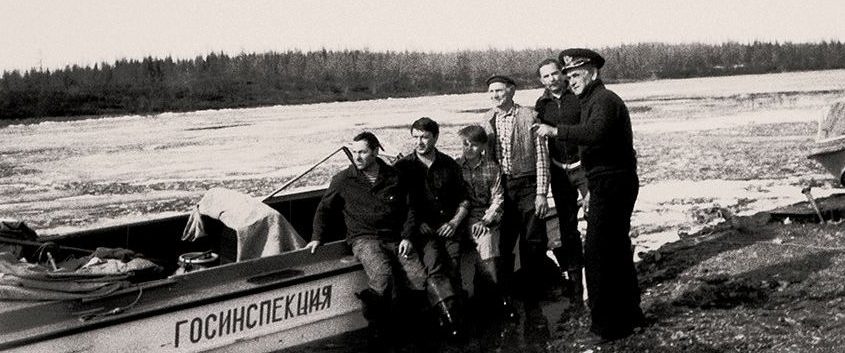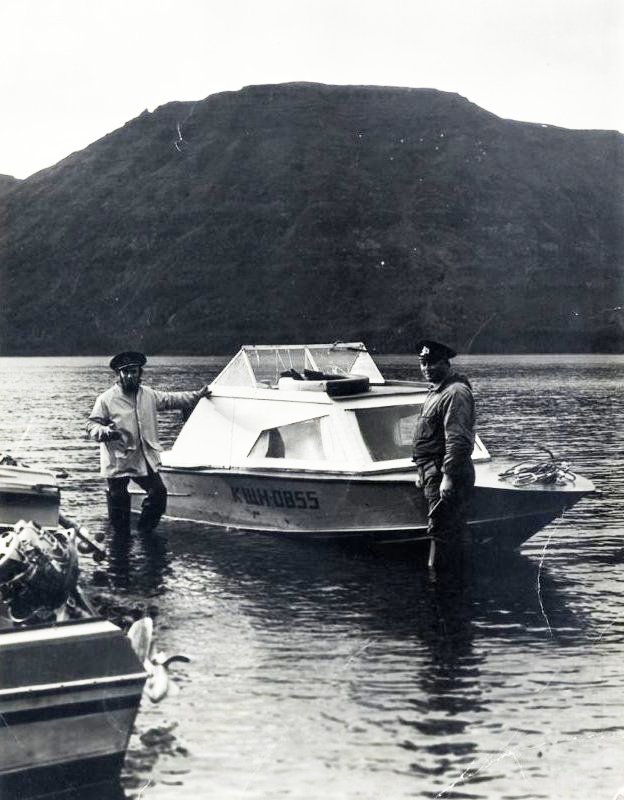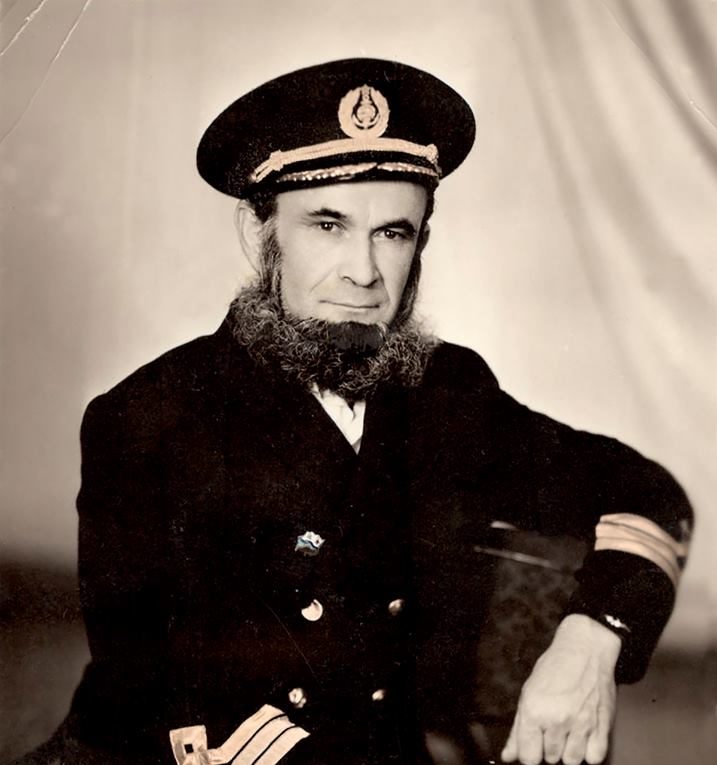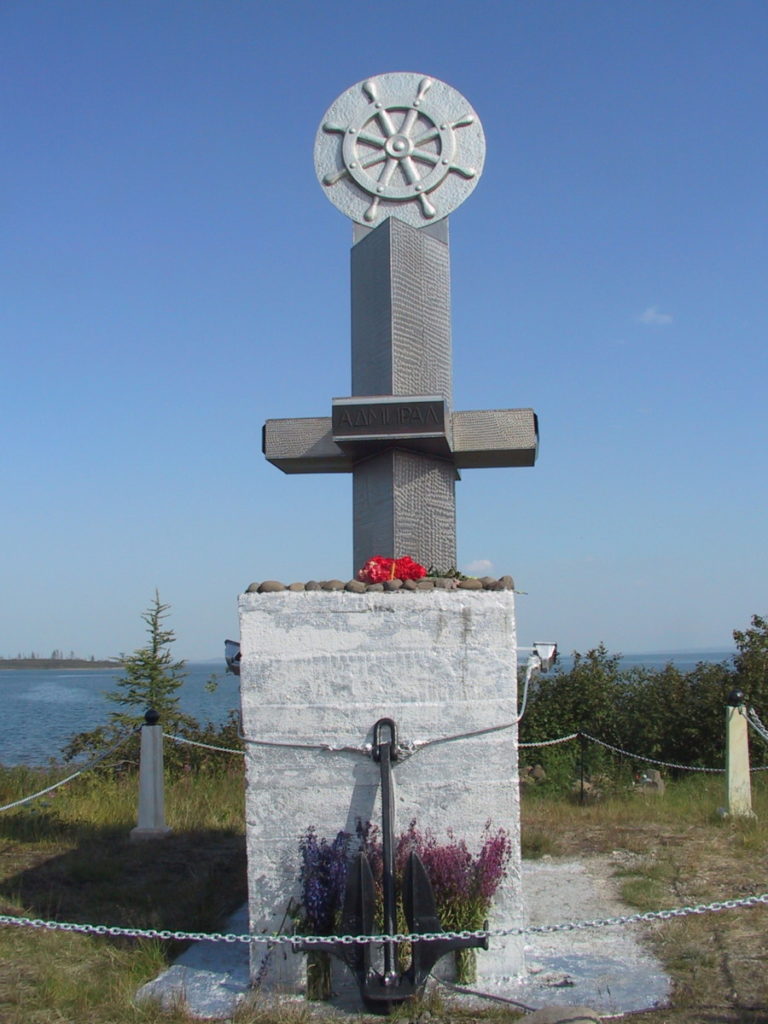#ARCTIC. #SIBERIA. THIS IS TAIMYR. It was the ‘admiral’ who once brought order to the Norilsk rivers and lakes. Until the 1970s, there was no state inspection for small boats – an analogue of the traffic police on the water – in Norilsk, and the number of drowned people was measured in dozens of people per season. There was no weather alert service. And there was no way to get life jackets, they were made by hand: they stuffed a pillowcase with styrofoam and tied them with ropes.
In August 1969, due to a terrible storm on Melkoye, over 80 people drowned in one weekend, who went to the city to work. After that tragic incident, the combine director Vladimir Dolgih ordered not to count truancy days that the navigators spent on the lakes, waiting for storm to stop.
On June 20, 1972, a navigation and technical inspection site was organized in Norilsk (now – the State Inspectorate for Small Vessels, GIMS), and already in 1974 the number of victims on water bodies dropped sharply.
The section was headed by Vladimir Ponomarenko. He came to Norilsk with his family in 1961 from the Far East. He worked as a photojournalist at Zapolyarnaya Pravda newspaper, then moved to a copper plant. In 1970 he went with a friend in a small boat under the Whirlwind motor along the route Dudinka – Vladivostok. That experience made him an inspector of the GIMS.
He received the nickname Admiral for the constant wearing of a dandy naval cap and for a vigil on the Norilo-Pyasino water system. He held this post for 25 years. He created a base on the Middle island, which was formerly called Drunk by the fishermen, and changed the attitude of navigators to drunk driving. Some of them remember, the Admiral even thrashed drunkards with a rubber hose, ‘driving them into the mind”.
After him, his son Sergey Ponomarenko took over on the watch and headed the GIMS. It was on his initiative that a monument to the Admiral appeared on the Middle island. Here are his memories:
“A monument in the shape of a cross was welded at a mechanical plant, but the first thing the navigators came up with was to put a glass of vodka on one side of the cross, and sit down on the other to drink it. Thus, a concrete monolith at the base was made in order to raise the stele by one and a half meters. The island was once littered with stones – like any other island on Melkoye lake. Vladimir Ponomarenko, checking the passing boats, talked with each navigator and, if he saw that the degree of ‘burning with wine vapors’ exceeded safe boundaries, he set a condition: in order to go to the lake, the captain had to drag a certain number of stones into the hurias on the hill – to clear the territory. And the drunken captains, pushing and puffing, obediently dragged the stones. They dragged and… sobered up”.
At that very place, a monument to the Admiral was erected.
In the last issue of the History Spot photo project, we told how a professional mini-football club appeared in Norilsk.
Follow us on Telegram, Instagram , Facebook and Twitter.
Text: Svetlana Samohina, Photo: Nornickel Polar Division archive







